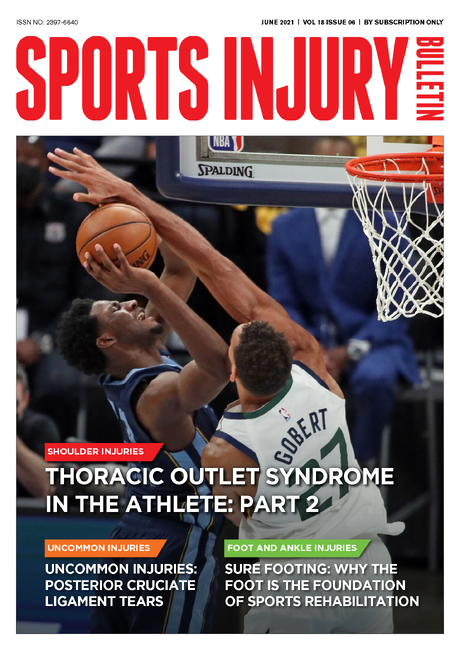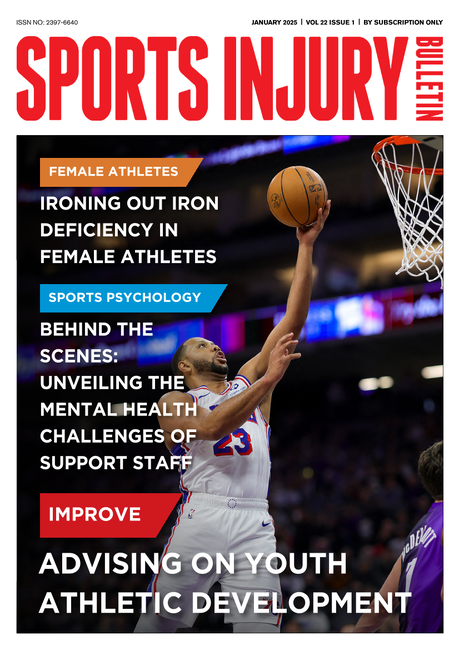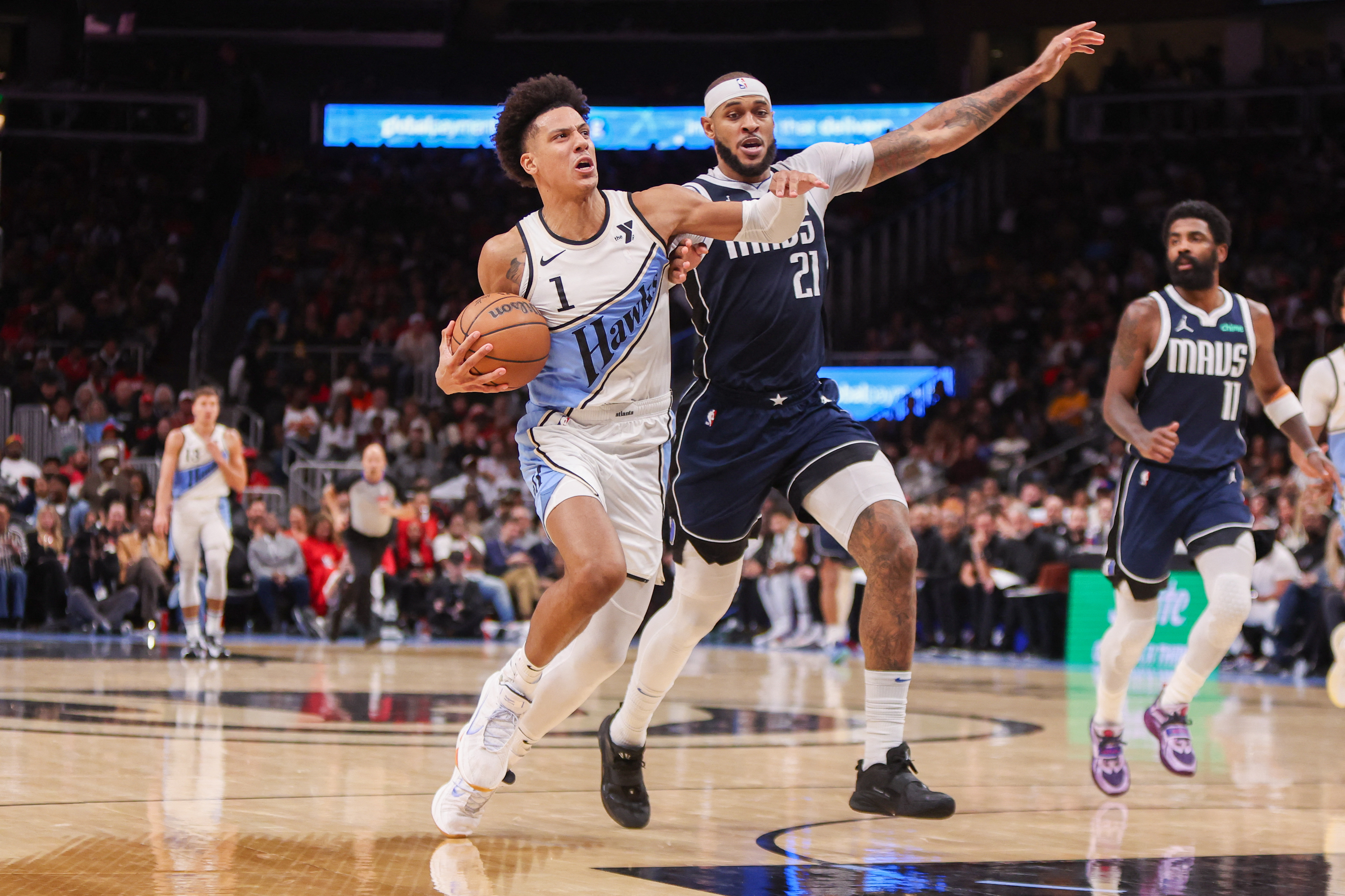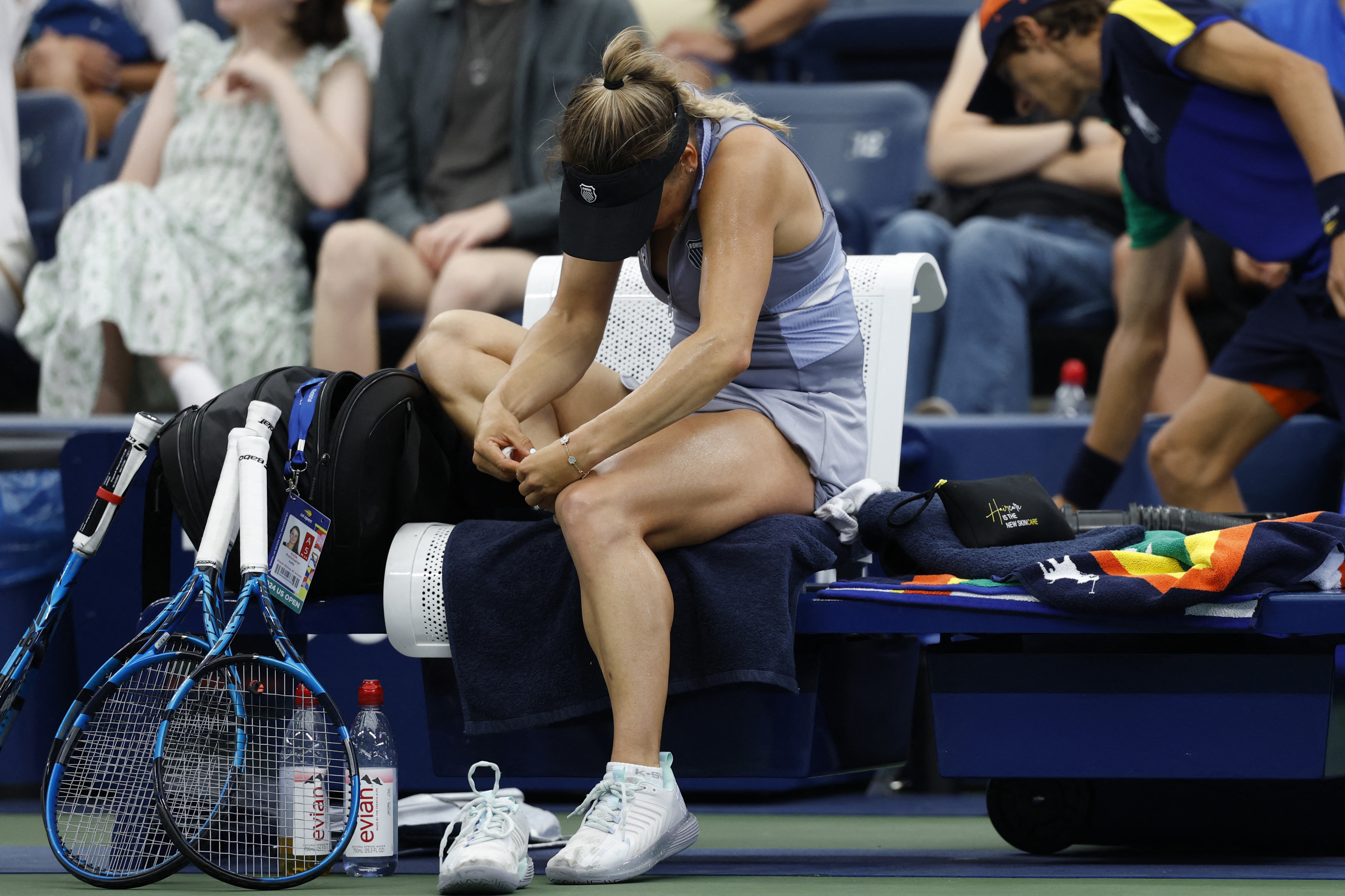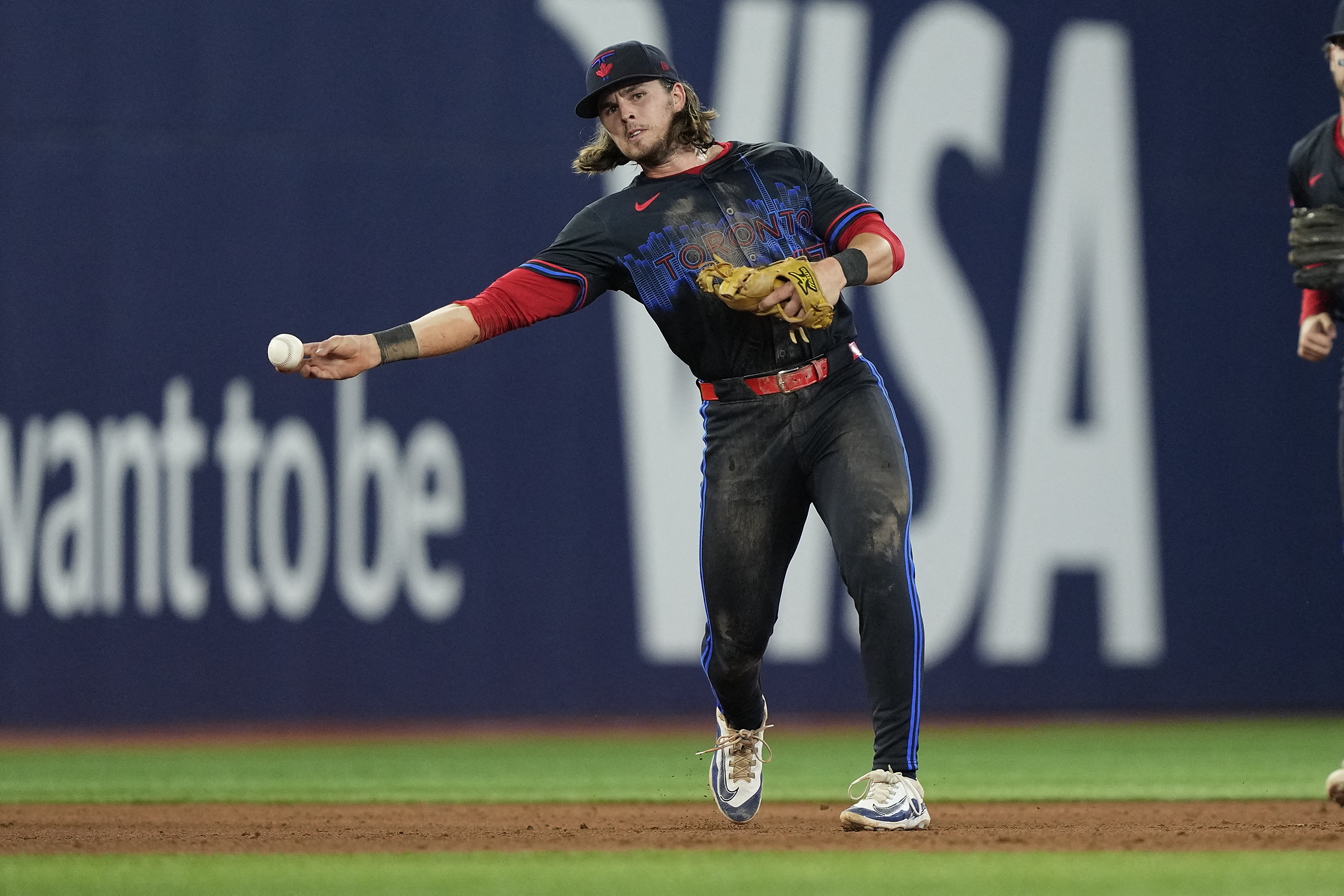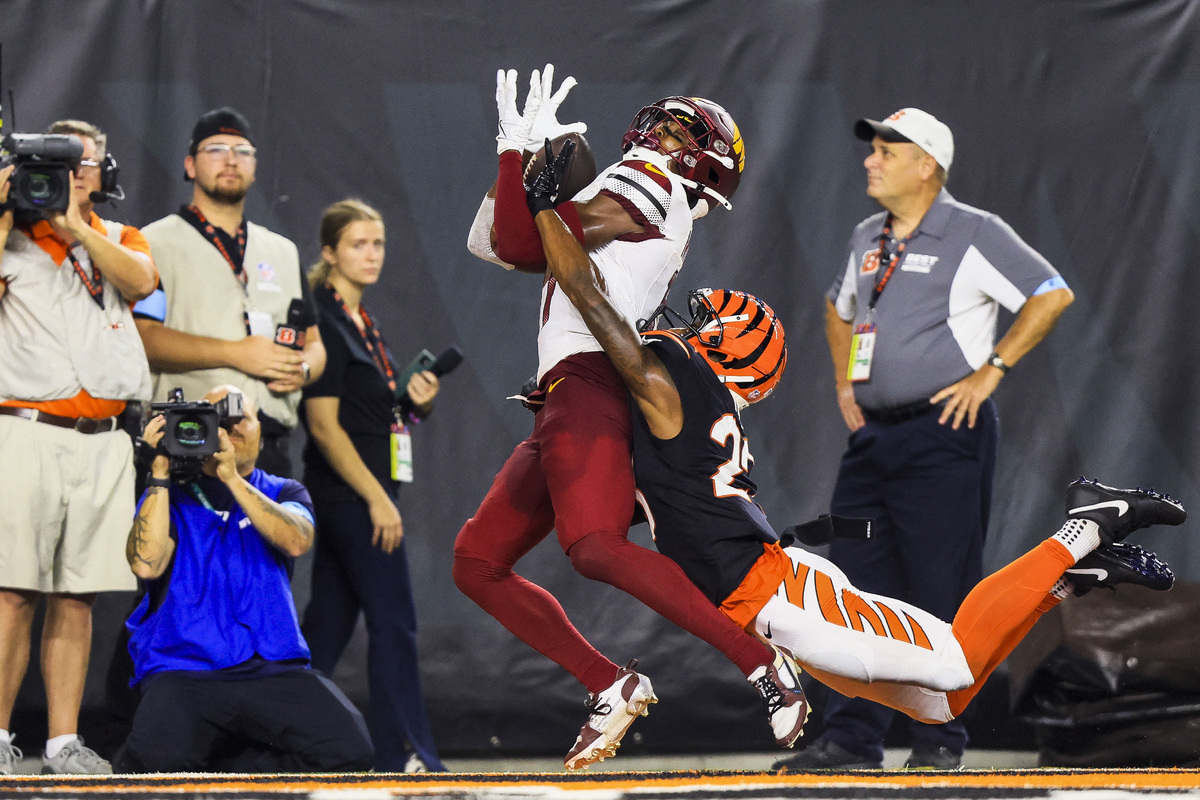You are viewing 1 of your 1 free articles
Physios – copping it in the neck
Chris Mallac discusses a case study in which a physiotherapist reports a problem.

Serbia’s Novak Djokovic stretches his next, 2016. Picture supplied by Action Images.
This case study is not about an athlete. It is about someone who works with athletes – a sports physiotherapist. Physiotherapists, chiropractors, osteopaths – we all get injured from time to time and we are the worst at getting treatment for it. Often we will ‘suck it up’ and try and manage the problem ourselves. After all, if we can’t fix our own problems, how can we be expected to fix the problems of our clients? This case study presents an unusual case of neck pain caused by a seemingly remote problem.
The patient
A 35-year-old sports physiotherapist working with a professional rugby team had been suffering from right-sided neck pain for a few months caused by some heavy deadlifts and bench pressing a week before the pain started. He did not actively seek any treatment from a medical professional for this problem, as he was self-managing with regular self-releases to his levator scapulae, his upper traps and some self ‘Mulligan mobes’ to his cervical spine.
I noticed that he was ‘attending’ to his neck issue a fair bit so one day I asked him what the problem was. He disclosed that the neck pain had started following a heavy gym session a few months ago when he had attempted a personal best on the deadlift. Since that day whenever he bench-pressed heavy or attempted a heavy deadlift the ‘nagging’ pain would start up a day or two later.
The pain was focused around the right side of the neck, starting below the occiput and extending down to the point of the acromio-clavicular joint. He also noticed some occasional tingling into the underside of his upper arm and into his forearm. This was sporadic and did not bother him too much.
He described the pain as being a low-level vague stiffness in the neck that would occasionally cause him to wake up with a ‘locked’ neck. He found that although stretching the levator scapulae and self-releases with a trigger ball to the levator scapulae and upper trapezius would give a temporary relief, the pain was almost a constant low-level ache that would have periods of increased intensity following a heavy gym session.
Objective findings
Upon examination, he had a full range of neck movement but he felt that rotating his head to the left or the right would feel tighter on the right side of his neck. Feeling through his upper trapezius and levator scapulae muscles, it was evident he was holding a lot of muscle tone through these muscles with many trigger points in and around those neck muscles. Passive mobilisation of his facet joints on the right side, although not painful, did feel particularly hypomobile.
A postural assessment of his scapula position highlighted how the scapula was downwardly rotated and also anterior tilted. Based on this I felt that having a feel around his pectoralis minor was warranted and unsurprisingly the pec minor felt extremely tight and hypertonic.
What was also evident was the way he used his right arm and shoulder whilst working. Working on elite level rugby players in a hands-on capacity can be quite a strenuous task requiring a lot of repetitive muscle contraction through the arms and shoulders of the therapist. Being right-hand dominant, whenever he used this arm/hand to work on a player (massage a tight hamstring, release a tight shoulder muscle, mobilise a stiff lumbar spine or cervical spine) he would unconsciously roll his right shoulder into internal rotation and protract the right scapula a lot compared to the left side. He was ‘closing’ up the chest space on that right side and creating a habitual shortening of the pec minor muscle.
Probable cause
With a presentation such as this, many possible causes for the pain may co-exist. The problem may have been focused solely on the tightness and trigger points in the two neck muscles – the levator scapulae and upper trapezius. He certainly had just cause for this to be a problem as the heavy deadlifts can create a ‘traction’ effect on the scapula elevator muscles due to the force of weight and gravity.
A further possibility was an injury to the right - sided facet joints and / or intervertebral disc. Both these structures can cause somatic referral of pain down the neck and into the shoulder and the history of occasional tingling in the arm could be caused by a nerve root compression at the cervical spine level.
The final possibility was that he was suffering from a form of mild thoracic outlet syndrome whereby the nerves that pass through the neck muscles and under the clavicle and on top of the first rib may become compressed due to a downward scapula. I felt that this was most unlikely as his dominant feature was more cervical and supraclavicular muscle pain and not the typical neurological symptoms found with thoracic outlet.
However, these three common causes of neck pain did not fit well with me. He had already instigated some self-management to these above-mentioned tight muscles; however, other than temporary relief the pain was still ongoing. And I could not help but think that the combination of the deadlifts, the occupational hazards he had to endure and also the natural resting position of the scapula was leading to a tight and hypertonic pectoralis minor and this was creating the problems.
I proposed that the tight pec minor was dragging his scapula into a downwardly rotated position and anterior tilted position. My suggestion was that this scapulae position was shortening up the levator scapulae (as it is also a downward rotating muscle of the scapulae) and that this downward rotation was lengthening the upper trapezius (an upward rotator) and creating a lot of passive tension through this muscle. Trigger points and active tension through these muscles could explain the radiation of pain down through the neck onto the tip of the acromion process.
As the levator scapulae attach to the transverse processes of the cervical spine, a tight and hypertonic muscle may pull down and cause these joints to compress and impact. The small fibrocartilage disc and fat pad within the facet joint can then become inflamed and create direct unilateral neck pain. Furthermore, the upper trapezius attaches to the base of the occiput and tension through this muscle will ‘pull’ the head down onto the neck and also increase neck compression through the disc and also place extra pressure on the facet joints.
Furthermore, the brachial plexus (nerve bundle) and some important arteries and veins run under the pec minor muscle as they course through the chest and migrate down the arm. It was possible that the pec minor, when super hypertonic, may in fact be pressing on the nerve bundle and creating the vague nerve sensations he was feeling.
I also suggested that heavy deadlifts would exacerbate this problem as the pull of the bar as he deadlifted would drag the scapular down even further and possibly perpetuate a tight pec minor. I also believed that heavy bench pressing would actively recruit the pec minor to help with the pushing and scapular protraction phase of the bench press.
The treatment
We initially focused on some deep tissue massage and trigger point releases to the right pec minor. This was done in two different ways. The first way was the more common approach through the chest wall and pressure directed down onto the pec minor. The second method was the approach of directly finding the pec minor under the pec major.
After a short 10-minute session he genuinely felt that the neck ache was not as prevalent as previously. We discussed some common ways to manage the tightness in his pec minor himself at home such as some self-trigger points using a short broomstick. We agreed that every second day I would spend 15-20 minutes working through the pec minor muscle. What he also had to do was some basic scapular setting exercises. This consisted of the following steps:
- Sit comfortably in a chair with hands on the lap.
- Gently tuck the chin in and activate the deep neck flexor muscles.
- Gently pull the scapula into an upward rotation and retraction position to activate the lower trapezius muscle.
- Hold for 10 seconds. Repeat for 10 repetitions.
 Pec minor release; through the pec major (indirect)
Pec minor release; through the pec major (indirect)
 Pec minor release; under the pec major (direct)
Pec minor release; under the pec major (direct)
 Pec minor self-release; through the pec major.
Pec minor self-release; through the pec major.
 Pec minor self-release: under the pec major
Pec minor self-release: under the pec major
The outcome
He noticed that within ten days, the pain was only a vague awareness in both the neck and also the upper trapezius and levator scapulae. He admits that over the course on the next few months the pain had at some point completely disappeared and he was benching and deadlifting without further problems.
Discussion

The pectoralis (pec) minor is a muscle that originates on the anterior rib cage on ribs 3,4,5. It is then directed upwards to insert onto the coracoid process of the scapula. It is a small triangular muscle that is under the pectoralis major and as mentioned above directly associated with the neurovascular bundle that moves across the chest and into the arm. Its main functions are to:
- Protract the scapula
- Depress the scapula
- Anterior tilt the scapula
- Downwardly rotate the scapula
- Work as an accessory muscle during inspiration to open the chest to take in a deep breath.
This can only happen if the arms and scapula are fixed and cannot move, such as when you put your hands behind your head, on your hips or on a railing when you are trying to catch your breath. It has been implicated in many upper quadrant pathologies of the neck, shoulder and arm. It is a muscle that commonly gets very tight, particularly due to habitual use on the dominant side of the body (for most of us right side).
This case study presented a unique instance of neck pain caused by a tight pec minor muscle.
Newsletter Sign Up
Subscriber Testimonials
Dr. Alexandra Fandetti-Robin, Back & Body Chiropractic
Elspeth Cowell MSCh DpodM SRCh HCPC reg
William Hunter, Nuffield Health
Newsletter Sign Up
Coaches Testimonials
Dr. Alexandra Fandetti-Robin, Back & Body Chiropractic
Elspeth Cowell MSCh DpodM SRCh HCPC reg
William Hunter, Nuffield Health
Be at the leading edge of sports injury management
Our international team of qualified experts (see above) spend hours poring over scores of technical journals and medical papers that even the most interested professionals don't have time to read.
For 17 years, we've helped hard-working physiotherapists and sports professionals like you, overwhelmed by the vast amount of new research, bring science to their treatment. Sports Injury Bulletin is the ideal resource for practitioners too busy to cull through all the monthly journals to find meaningful and applicable studies.
*includes 3 coaching manuals
Get Inspired
All the latest techniques and approaches
Sports Injury Bulletin brings together a worldwide panel of experts – including physiotherapists, doctors, researchers and sports scientists. Together we deliver everything you need to help your clients avoid – or recover as quickly as possible from – injuries.
We strip away the scientific jargon and deliver you easy-to-follow training exercises, nutrition tips, psychological strategies and recovery programmes and exercises in plain English.

